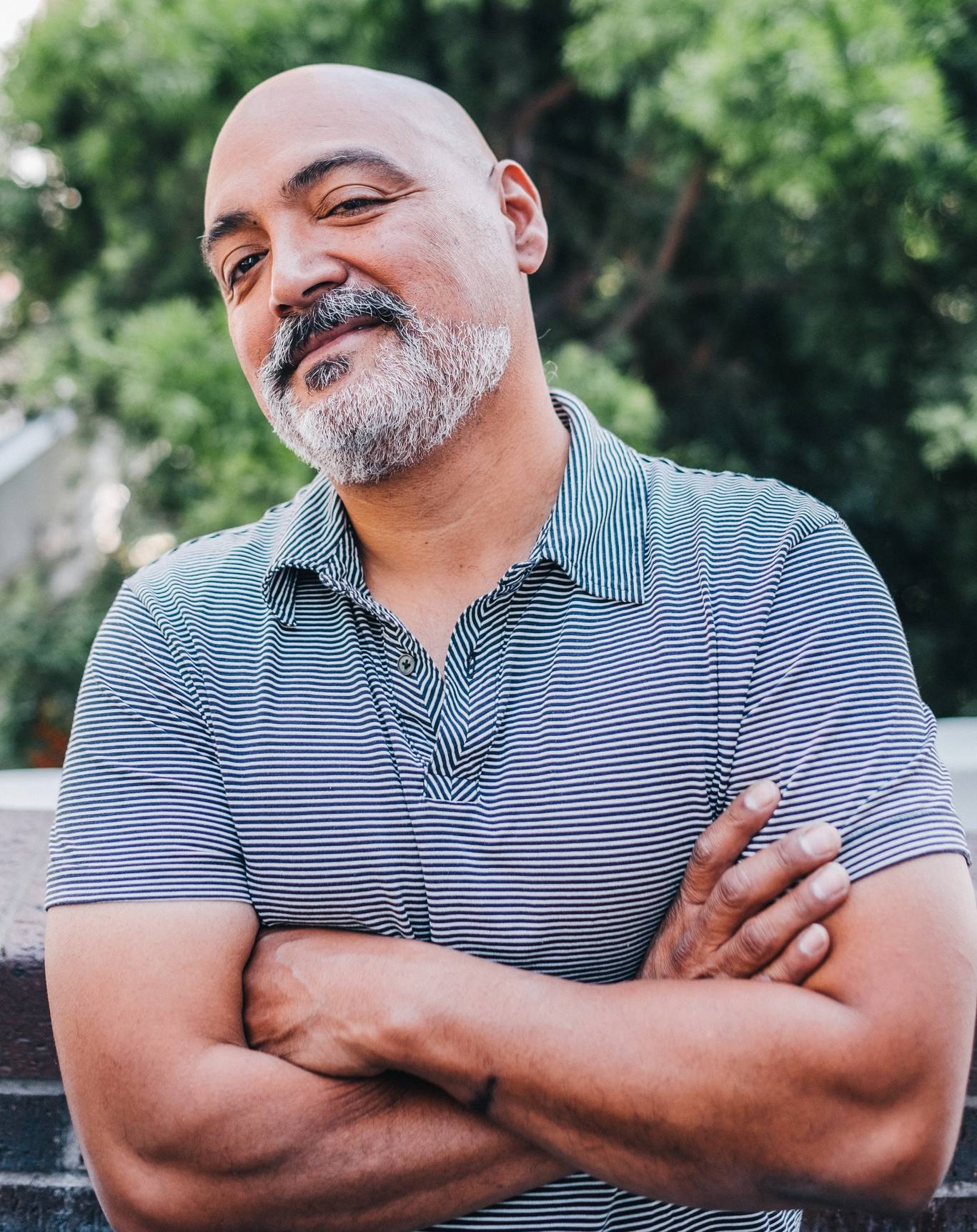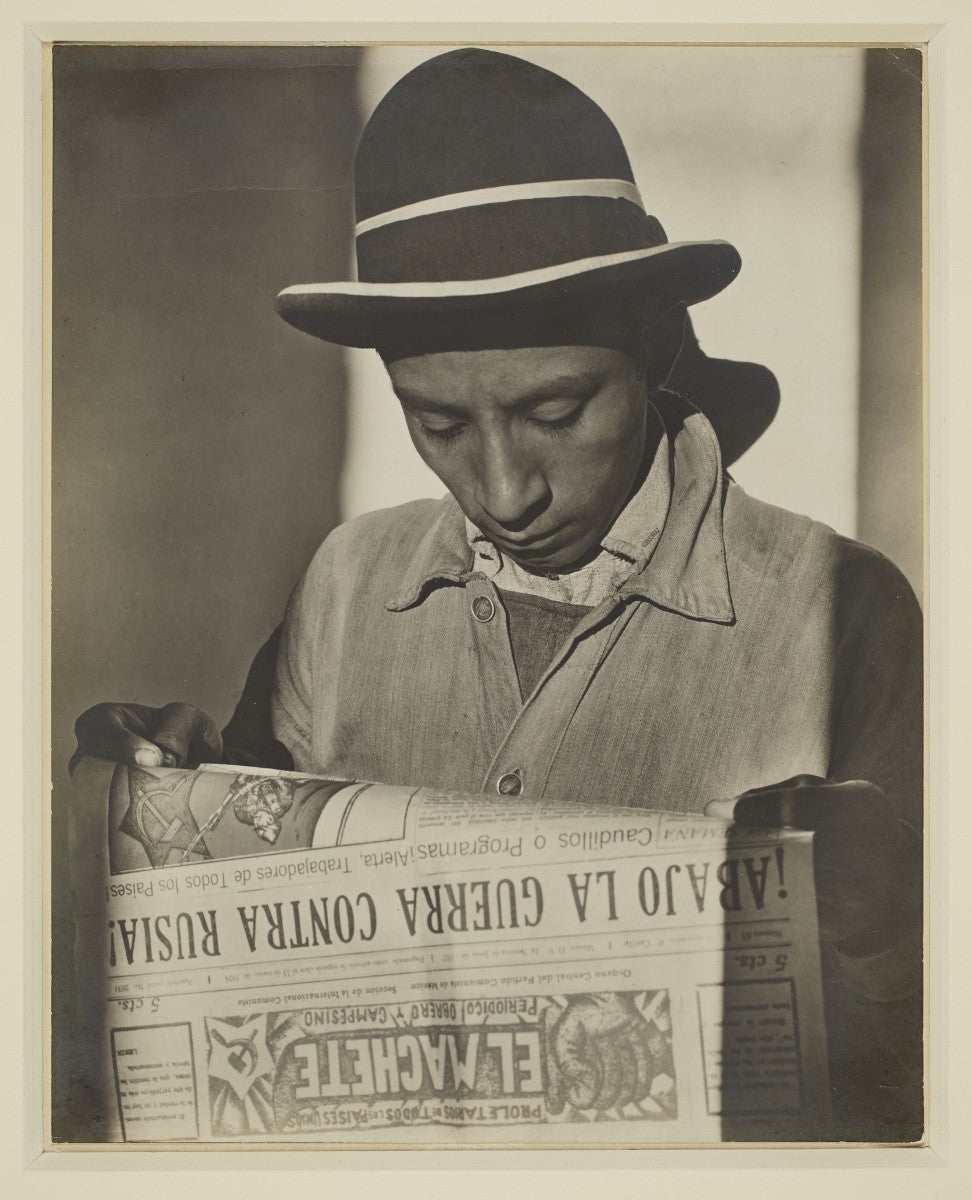Curbside Menu Collection

The El Machete brand rises from two things close to my heart, my love for my mother’s cooking, and for Mexican and Los Angeles early 20th Century history.
We are a Los Angeles based brand and small scale manufacturer of handcrafted chilli sauces, spicy-hot condiments, and packaged Mexican Foods. In the era of individualized consumer preferences, Team Machete creates products for the discerning palate who appreciates freshness, quality, and unique flavor profiles. Our partners and customers range from hot sauce aficionados, vegan-vegetarians, to supporters of start-up businesses, restaurateurs, and mixologists.
With our team, along with friends and family supporters, we’ve been building El Machete one bottle and customer at a time.
-Oscar Ochoa, Founder

Question: What inspired El Machete's name?
The socialist Mexican newspaper, El Machete, published from 1924 to 1929 in Mexico City, during the shifting political landscape of the Mexican Revolution (1909-1920s). Headed by prominent artists, and labor union organizers who aimedto challenge Mexico’s aristocrats, they utilized the paper as a"forum...for debate on political issues as well as on appropriate subject matter and form of socially relevant art (Azuela 82).
"Officially launched in 1924 by the workers' union SOPTE, the Sindicato de Obreros Tecnicos, Pintores y Escultores (Union of Technical Workers, Painters, and Sculptors), the paper’s authors like renowned muralists like David Alfaro Siqueiros, Diego Rivera, and among other contributors, Xavier Guerrero, argued that“art and politics were inseparable, like soldiers, farmers, and workers—the essence of revolutionary power”(Azuela);
and thus strategically used El Machete as a platform to showcase social-political artwork and to advocate for worker's rights, and fair wages among other ideals in the face of the ongoing Mexican revolution.
These artists argued that besides the written word, the masses of working-class and working-poor could also access knowledge through public art. Mexican muralists Siqueiros and Rivera used both El Machete and public art murals as vehicles to disseminate their ideas, highlight historical events, and advance social criticism and political thought. Scholar Alicia Azuela tells us that"for [such] artists, this meant making art and culture accessible to all people through public murals and graphics of social criticism and political statement (pg.82)."
It is in this context that the contemporary El Machete brand aligns with the historical, by embracing the ethos of El Machete by exploring contemporary/historical, social, political, and public art themes from Mexico, Latin America, and Los Angeles.

"Our social reality is one of transition from an archaic order to a new order. Those who create art must strive to include in their work clear ideological propaganda for the people, art armed for combat, that makes people aware of their history and their civil rights. Beauty will nourish their [people's] sensitivity, and art will preserve their rich traditions."
- El Machete Newspaper, Mexico City, circa 1924
